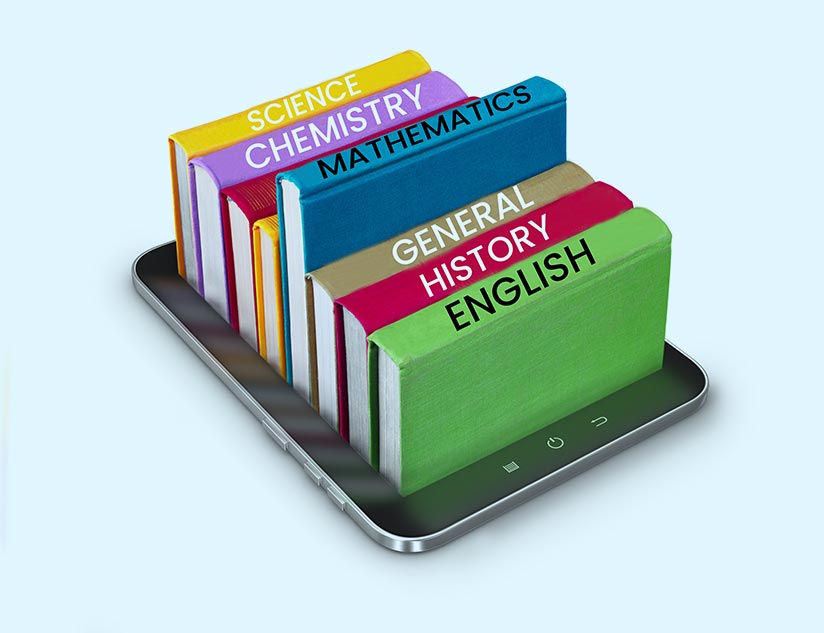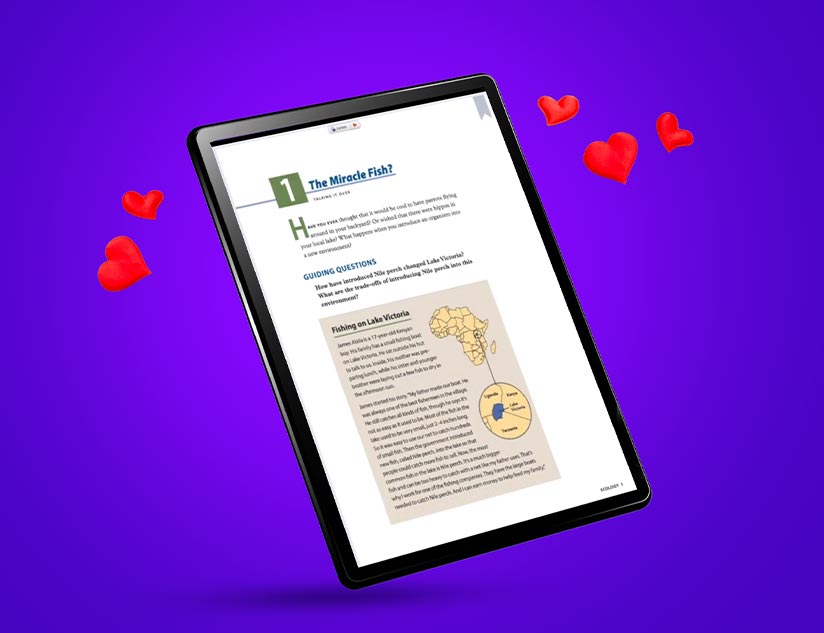States have been slowly giving up the long-standing source of their power over education and allowing many school districts to select the instructional materials for their classroom. In the 19 adoption states, even the big ones, such as California, Florida, and Texas, have allowed greater freedom. Although they still conduct state-level reviews of materials, they no longer require districts to strictly buy from their influential lists of “approved” resources. So, more districts are using state money to buy materials while displaying minimal obligations to demonstrate their alignment to academic standards.
In the past, education publishers relied on a handful of states for their textbook development efforts. However, the shift in authority over recent years has modified the procedures for adopting textbooks and other kinds of print and online learning resources. Publishers are realizing that most states now want customized textbooks. This has led to a sea change in their K-12 strategy.
Role of Technology in State Textbook Adoption
Recent advancements in technology have disrupted the instructional material adoption market. Schools are encouraging digital tools, which are making inroads via robust platforms, lessons, and programs. So, EdTech products are gaining importance and have moved to the forefront of school purchases. States have also set up requirements and procedures for such purchases. As a result, the US K-12 market spends on EdTech products has substantially increased from $7.5 billion in 2019 to $35.8 billion in 2020.
However, the increasing use of EdTech products has not changed the focus of important factors in-state adoptions, such as teacher accountability and test scores. On the other hand, they have allowed schools to come up with unique ways to track and monitor student performance. For instance, educators are using learning analytics and online assessments to improve their instruction, as they get access to core details around reading ability, reading activity, and title popularity among their students. Similar such tools allow them greater customization options available with digital curricula as well.
Changes in Textbook Adoption Patterns
As districts have more freedom to make off-list purchases, the textbook adoption pattern has changed. They are focusing on customizing programs that match the needs of their student populations. And, EdTech products are actively helping them reach these goals. For instance, districts have been using these products to develop online courses that answer the need for differentiated instruction. So, while the US print textbook publishing industry is gradually shrinking (declining from $9.13 billion in 2018 to $8.38 billion in 2019), the demand for EdTech products is constantly increasing.
Moreover, with the COVID-19 outbreak and the Biden American Rescue Plan Act, districts have access to a large sum of money (nearly $110 billion) that they can spend on educational tools to help educators and students deal with the impact of the pandemic. Publishers now have the opportunity to capture a growing market if they can harness the power of EdTech to their advantage.
One such important tool is the digital publishing platform. With core and supplemental instructional materials and assessments that are compliant with state RFP requirements, such platforms can significantly help publishers with the textbook adoption process, while ensuring curriculum alignment.
How a Digital Publishing Platform Can Help
In the past year and a half, education delivery and learning have swiftly shifted to a more blended approach. Even if schools reopen after the pandemic, this trend may continue, given its obvious advantages for schools, teachers, students, and parents. Now, education publishers and EdTech companies can play an important role in supporting schools and school districts transition seamlessly to a supportive curriculum.
With a robust EdTech learning platform, publishers can make huge leaps, and gain an edge over their competitors in the education industry. Equipped with powerful features and tools, such a platform can offer several benefits, such as:
- Simplifying the modification and updating of materials to achieve curriculum alignment via content authoring tools. These tools also ensure that costs do not increase exponentially for publishers, schools, or students.
- It can promote digital equity through both online and offline access to content. With just a mobile device, students can download learning materials at any time and review the content at their own convenience.
- It can offer features that enhance accessibility such as read-aloud, captioning, multimedia elements, and more.
- It can reduce costs for schools and students as digital textbooks are much more economical to develop than printed ones.
- It can supplement summative assessments with formative assessments and help students to receive better and on-time inputs so that they can put their efforts in the right direction.
- With custom analytics features that allow tracking of content consumption, learning patterns, learning progress, etc., it can help teachers create personalized learning paths for students.
- It can promote peer-to-peer learning via collaborative assignments and minimize the issue of social isolation, especially during the pandemic.
- It can also help schools with the right support to ease both administrative tasks and teaching while offering students engaging learning materials.
MagicBox is an award-winning digital publishing platform that is built specifically to address the needs of education publishers. It can help them create learning materials compliant with the industry standards and state RFP requirements. Contact us to know how we can help you achieve your adoption goals.













